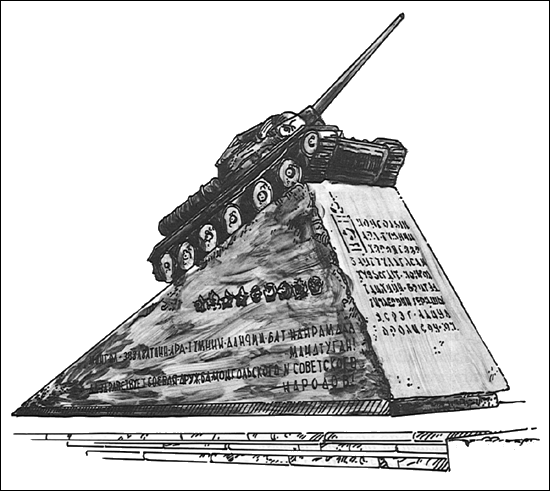| This Web book is based on public domain material provided by the US government and is available in several versions. See the editorial for more information. |

|

Home  National Security National Security  National Security National Security |
|||
| See also: The Security System, Auxiliary Security Forces, Beginning of Modern Military Practices, 1911-21, Role of the Military | |||






|
|||
National Security
The rich Mongol military tradition reached its highest point during the thirteenth century, when a vast empire stretching across Asia and into Europe was established and sustained by well-organized, disciplined Mongol cavalry. Although Mongol political power soon waned, and the empire disintegrated, the reputation of the prowess of the Mongol cavalry remained well into the nineteenth century. Modern Mongolian military practices trace their origin to the 1921 Mongolian Revolution, in which Mongolian rebel forces, under the leadership of Damdiny Sukhe Bator and Horloyn Choybalsan, joined with a major detachment of the Russian Fifth Red Army to defeat Chinese and Russian White Guard forces. This alliance marked the beginning of a long and close relationship between the Mongolian and Soviet armed forces. In the 1930s, Mongolian forces once again joined with Soviet forces to suppress internal rebellion and to guard their borders against Japanese incursions. In July and August 1939, Mongolian armed forces with their Soviet allies accomplished their proudest feat: defeating Japanese forces and ending Japanese provocations along the border. Mongolia takes pride in its economic support of Soviet military forces during World War II and its part in the August 1945 defeat of Japanese forces in Manchuria. Soviet military support greatly increased during the 1960s and the 1970s, following the Sino-Soviet split and increased Mongolian concern over the Chinese threat. Although Soviet military support decreased significantly in the 1980s, when Sino-Soviet and Sino-Mongolian relations improved, exclusive defense ties with the Soviet Union continued, as did Soviet military training and the acquisition of Soviet military equipment. In 1989 internal security was maintained by the national police force, called the militia. The structure of the courts and the procuraturates was based on the 1960 Constitution, and the 1963 Code of Criminal Procedure set out the rules for their operation. The 1961 Criminal Code determined which acts were criminal and the punishment allotted for those crimes, placing heavy emphasis on crimes against the state and crimes against socialist ownership. All of these documents were under review and were expected to be revised or replaced.
|
|||
Home  National Security National Security  National Security National Security |
|||
Last Update: 2010-12-07


